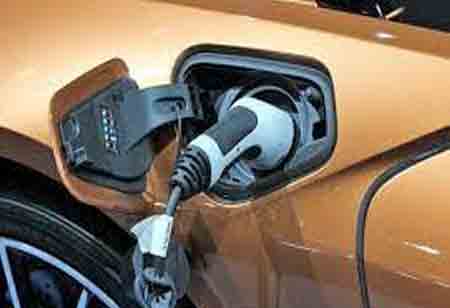The advanced technology used in the new batteries allows increasing the speed of charging in an electric vehicle
FREMONT, CA: The global electric vehicle market is expanding. Unlike traditional automobiles driven by internal combustion engines, electric cars are only powered by lithium-ion batteries. Hence the battery performance determines the entire performance of the vehicle. Slow charging times and limited power, on the other hand, are still obstacles that the automobile industry has to overcome. As a result, a research team recently designed a battery material for electric cars that helps in fast charging and lasts longer.
For the first time, researchers have demonstrated that high power may be generated by drastically decreasing the charging and discharging times without changing particle size while using Li-ion battery electrode materials. Methods that minimize the particle size of electrode materials have been used for fast charging and discharging of Li-ion batteries. But the decreasing the particle size has the drawback of lowering the volumetric energy density of the batteries.
If an intermediate phase during the phase transition is created while charging and discharging, in that case, high power can be generated without sacrificing high energy density or decreasing particle size, leading the way for the development of long-lasting Li-ion batteries.
Two phases with different volumes reside within a single particle in phase, separating materials that undergo forming and growing new phases while charging and discharging, leading to several structural flaws at the interface of the two phases. These flaws prevent the particle from rapidly forming a new step, prohibiting fast charging and discharging.
Using the synthesis method, an intermediate phase may be generated as a structural buffer, reducing the volume change between the two stages in a particle. It has been demonstrated that this intermediate buffering phase can aid in the creation and growth of a new phase within the particle, enhancing the speed of insertion and release of lithium.
As a result, the intermediate phase formation revealed that producing a homogeneous electrochemical response in the electrode where multiple particles are composed can significantly boost the charging and discharging speed of the cell. The Li-ion battery electrodes can charge up to 90 percent in six minutes and release 54 percent in 18 seconds, which is a positive indicator for producing high-power Li-ion batteries.
The conventional model has always been a compromise between low energy density and fast charge and discharge of speeds due to particle size reduction. This discovery has paved the way for developing Li-ion batteries with rapid charging and discharging speeds, high energy density, and better performance.
See Also: Top Automotive Companies

 Copyright © 2025 AutoTech Outlook. All Rights Reserved | Privacy Policy | Subscribe | Sitemap | About us | Feedback Policy | Editorial Policy
Copyright © 2025 AutoTech Outlook. All Rights Reserved | Privacy Policy | Subscribe | Sitemap | About us | Feedback Policy | Editorial Policy